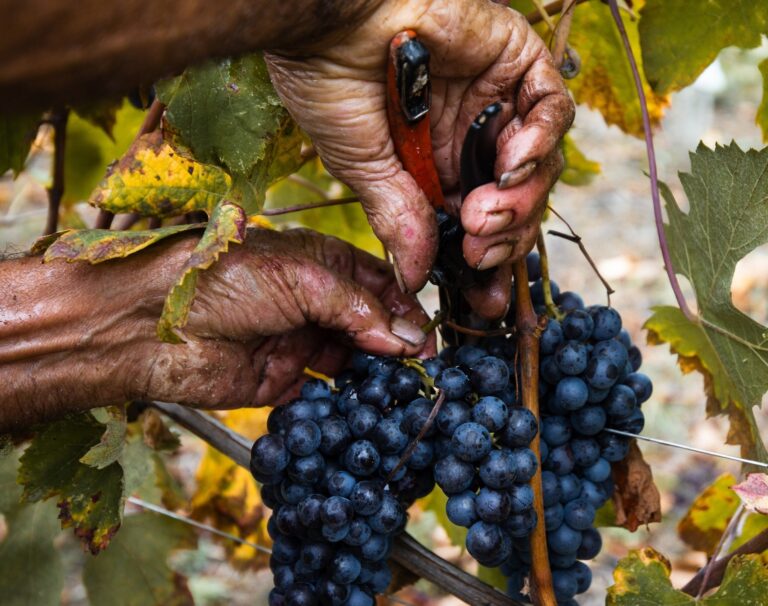
The 2025 harvest in Langhe – Barolo Region
The producers of the Deditus Association reveal the exceptional quality and their goals for the future
The 2025 harvest has just concluded, and, as is now customary, the producers of the Deditus Association share their insights. Among them: Azelia, Cordero di Montezemolo, Sandrone, Michele Chiarlo, Pio Cesare, Poderi Gianni Gagliardo, Poderi Luigi Einaudi, Prunotto, and Vietti.
The year was marked by a mild and rainy winter, with approximately 400 mm of precipitation from January to mid-May and very few days below freezing. Spring continued under similar conditions until May 20, when the meteorological summer began dry and breezy with another ~400 mm of well-distributed rainfall. Summer saw above-average temperatures, peaking between August 10 and 16 during the African anticyclone “Caronte,” reaching 37-39 °C. Thanks to the accumulated water balance, the vines showed strong resilience, and damage was limited.
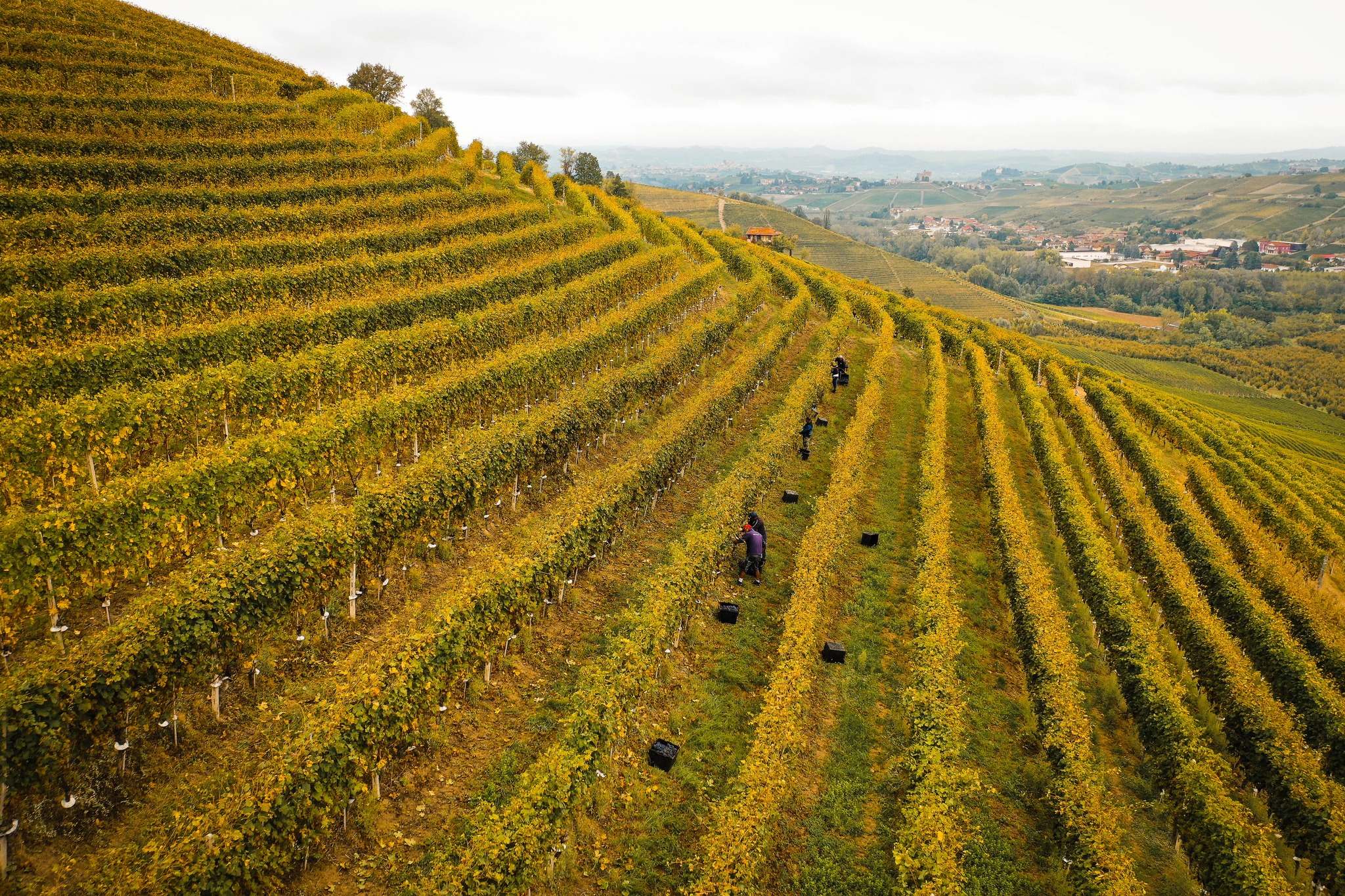
September and October offered optimal conditions: minimal rainfall, sunny days up to 24-25 °C, and cool nights with temperature swings of up to 15 degrees. Autumn ensured excellent grape health, regular phenological development, and promising aromatic potential for Nebbiolo. The combination of rainy winter and spring, a warm but well-balanced summer, and a stable autumn allowed for early phenological development and a manageable, high-quality harvest. By October 14, almost all wines were already in the cellar, with healthy, ripe grapes.
Stefano Chiarlo from Michele Chiarlo winery highlighted the importance of the correct viticultural approach during periods of intense heat. Thinning was minimal, with nature naturally selecting excess quantities; adjustments were limited to 20-30% in some more productive vineyards, far less than in more challenging past vintages. Technological maturation proceeded regularly, while tannins and polyphenols developed slowly, aided by nocturnal temperature swings.
The 2025 vintage is early but balanced, with healthy grapes, excellent quality, and manageable harvest conditions, comparable to classic vintages such as 2016 or 2010. The combination of favorable climatic conditions and careful vineyard management has produced wines of high quality and great expressiveness.
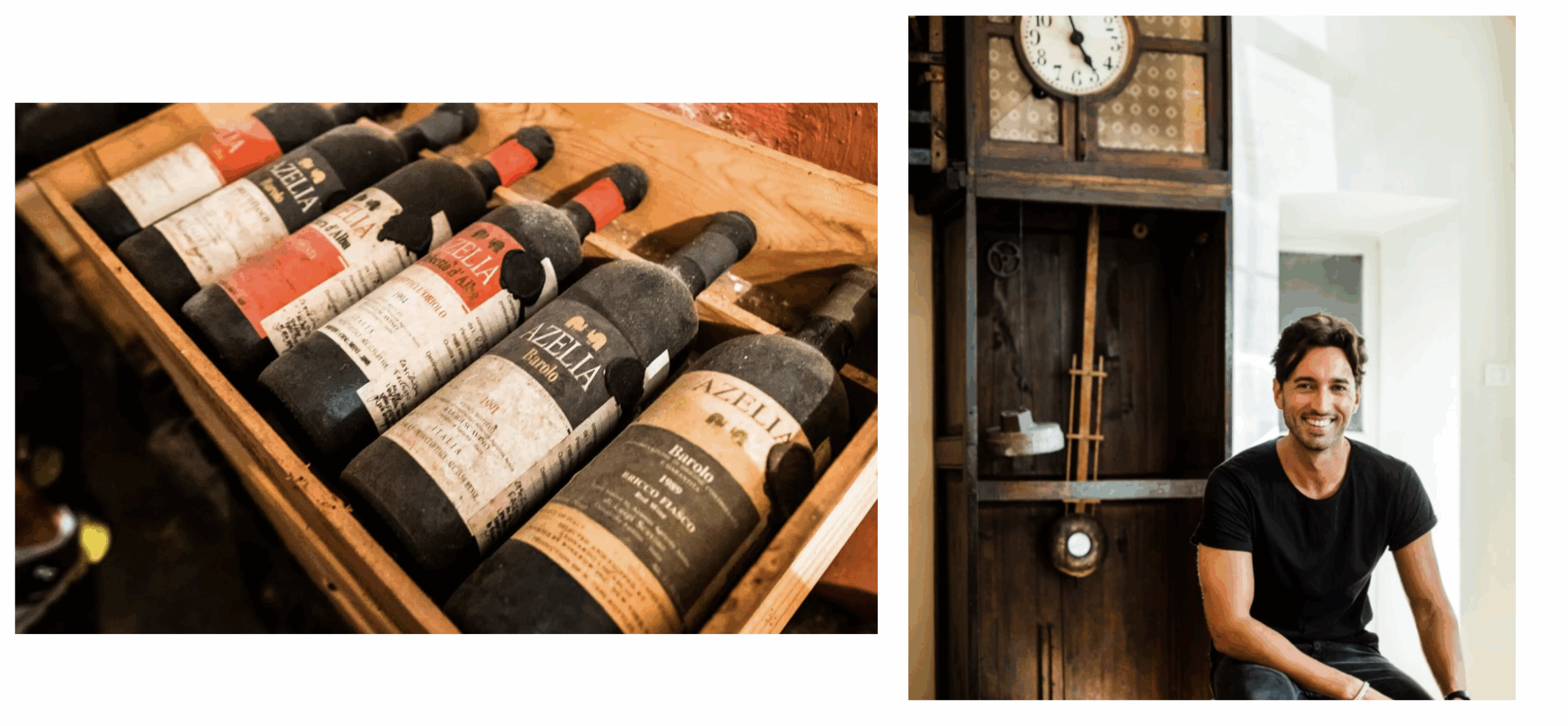
The 2025 harvest: a balance return
According to Lorenzo from the Azelia winery, one of the young winemakers in the area, 2025 represented a return to balance. Weather conditions were ideal, and grape health was excellent. “We harvested Nebbiolo at perfect ripeness, without exceeding sugar levels. Fermentations are progressing smoothly, promising concentrated yet balanced wines. The calm during harvest was a rare luxury, considering what we’ve experienced in recent years.”
Alberto Cordero, market expert and frontman of Cordero di Montezemolo, confirms the vintage’s undeniable quality but advises caution when interpreting early results: “It’s always best to wait, taste, and understand how the wines develop in the first months. 2025 has all the characteristics of a great vintage, but experience teaches that time is essential.”
Over the past forty years, few witnesses can match Luca of Luciano Sandrone’s experience, who recalls with a smile that the next harvest will mark “40 official harvests,” witnessing changes in viticulture, climate, agronomic choices, and the winemaker’s vision. “Nebbiolo, once considered overly vigorous, is now a cornerstone of our ability to face extreme conditions—resilient, robust, and capable of sprouting even in difficult years.”
This natural resilience, combined with increasingly refined scientific approaches and skilled labor, allowed producers to approach the 2025 harvest with confidence. “We’ve seen everything in recent years, yet we managed to harvest grapes capable of producing great Barolo and Barbaresco, thanks to the perfect synergy between vine and human care.”
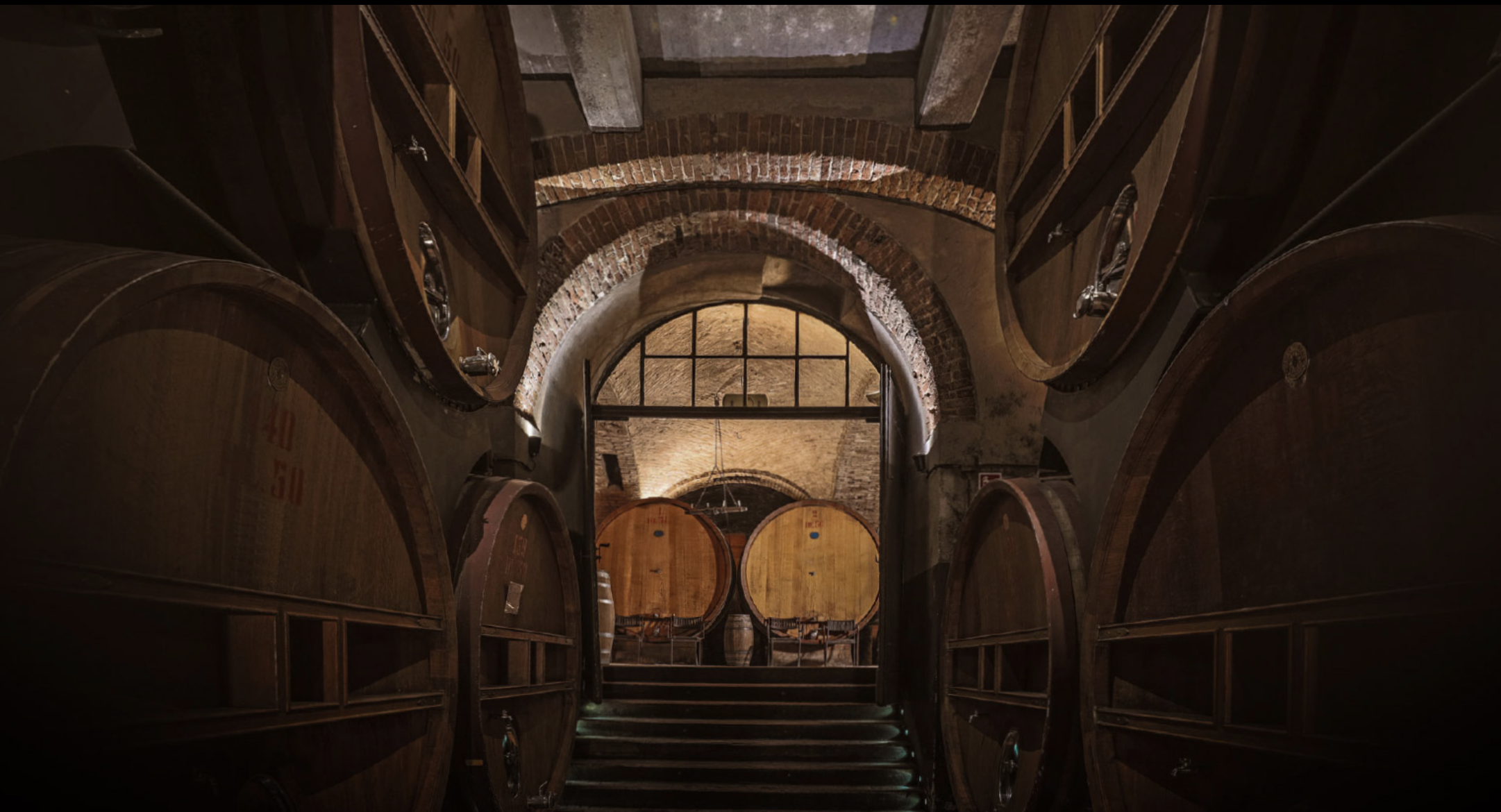
Harvest 2025: precision and delicacy
Claudio Pira from Pio Cesare explains how, in recent years, the winery has adapted key processes to climate change without sacrificing the wines’ identity. “More frequent checks on phenolic ripeness, lower fermentation temperatures, and a return to traditional cap punchdowns have made extraction gentler, focusing on sweeter, rounder tannins. Even the separation of free-run wine from press wine now occurs in three categories, allowing careful decisions based on the vinification evolution.”
The result is a Nebbiolo that maintains structure and longevity, with greater roundness and approachability—essential qualities for the international market without losing the depth typical of great Langhe wines. For Barbera, Pira notes that new plantings in areas like Monforte d’Alba and Serralunga have strengthened production, allowing it to compete globally while remaining rooted in the terroir.
Looking to the future while renewing tradition
The Langhe region does not merely produce quality grapes; it represents a true school of viticulture, where years of accumulated knowledge combine with modern scientific approaches and advanced market strategies.
Gianluca Torrengo of Prunotto, a winemaker with over forty years of experience, explains how every vineyard decision today depends on knowledge and adaptability. Climatic parameters change, vintages differ, yet Nebbiolo continues to provide a solid foundation for creating long-lived, expressive wines.
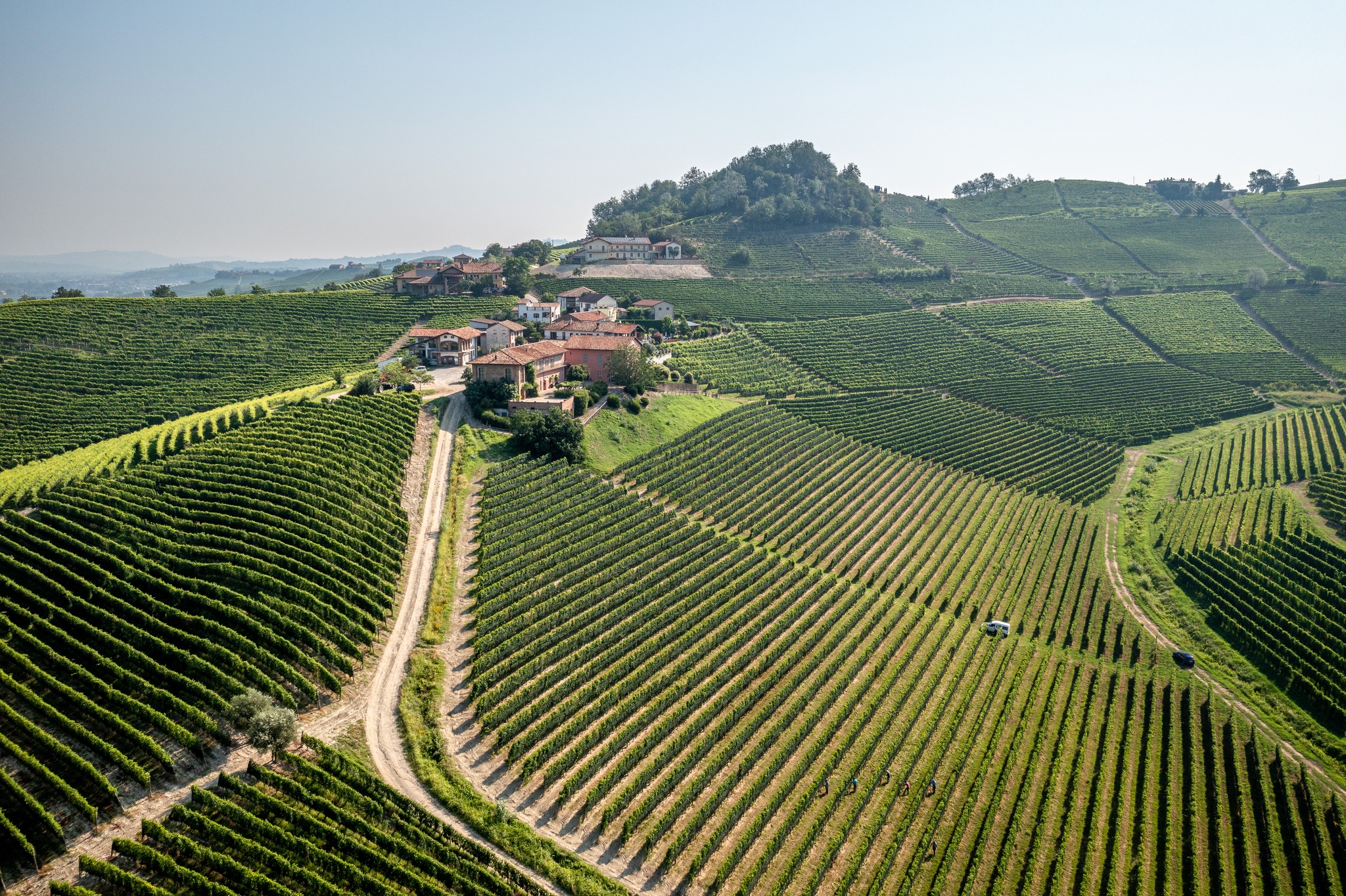
Market and tourism: the Langhe as a tourist attraction
While wine quality is indisputable, the Langhe also plays a key role as an attractive destination. Enotourism has grown exponentially over the past twenty years, with a 400% increase in visitors. Over 1.5 million overnight stays are recorded across the Langhe, Roero, and Monferrato, with the trend continuing to rise.
“The Langhe is unique—not only for its wines but also for its landscape, gastronomy, and ability to offer personalized experiences. Foreign tourists account for over 60% of visits, with traditional markets like Germany, Switzerland, Northern Europe, and the United States, and new flows from Asia, South America, and Singapore. Visitors seek complete experiences, not just tastings, but food tours, pairings, and high-level hospitality,” said Stefano Tonetto. Many producers have responded with tailored wine-and-food tastings, guest accommodations, and immersive experiences, making hospitality a strategic element of wine promotion and cultural engagement in the Langhe.
The challenge of climate change
While 2025 brought balance, climate change remains a critical variable. Luca emphasizes that traditional practices must now adapt: “The famous ‘three tens’ rule for downy mildew is no longer sufficient; stricter parameters are required as extreme conditions become more frequent. Yet, the combination of resilient grape varieties and conscious human intervention allows us to successfully face these challenges.”
In the cellar, producers are refining controlled fermentation, gentle extraction, and aging strategies to ensure even warmer or more complex vintages maintain balance and typicity. The goal is to protect Nebbiolo without altering it, while highlighting Barbera as a wine of strong personality but more approachable style.
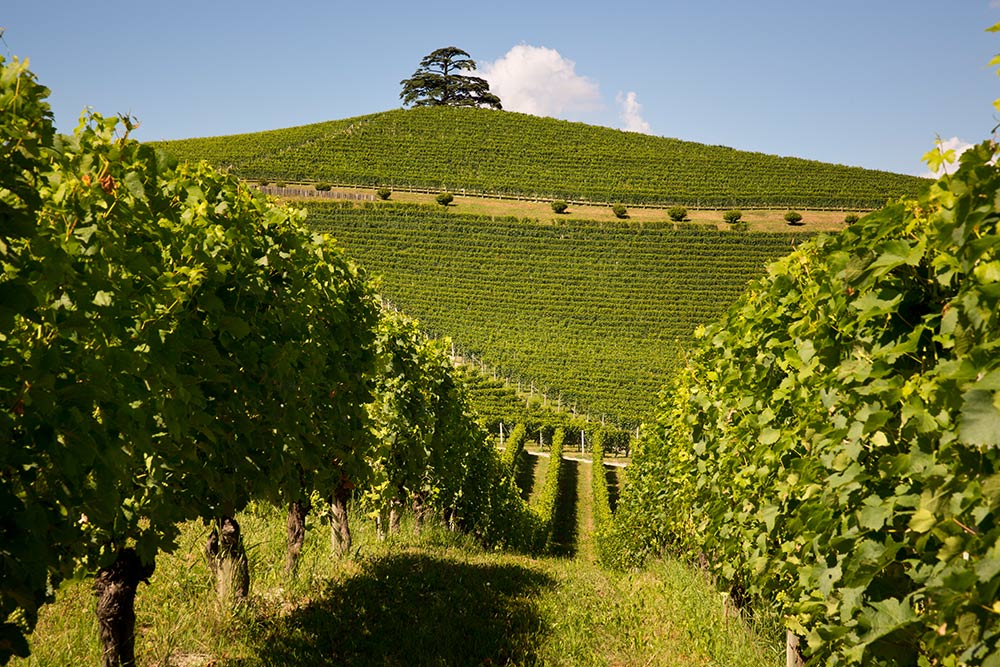
From tariffs to sustainability
Alberto Cordero also discussed the impact of U.S. tariffs, noting that companies anticipated shipments to maintain sufficient stock and mitigate the effect of duties. This strategy helped stabilize prices but underscores how producers must navigate a complex global context where economics, politics, and consumer trends directly influence sales strategies.
In a context of growing international interest and enotourism, the Langhe face a crossroads: develop logistics and tourist infrastructure, ensure environmental sustainability, and preserve the cultural and viticultural identity of the territory. Off-season tourism must be promoted, visitor distribution improved, and investments made in transportation, parking, and accommodation. The goal is clear: preserve wine quality, enhance the territorial experience, and ensure tourism becomes a driver of sustainable growth rather than a burden.
written by Erika Mantovan
